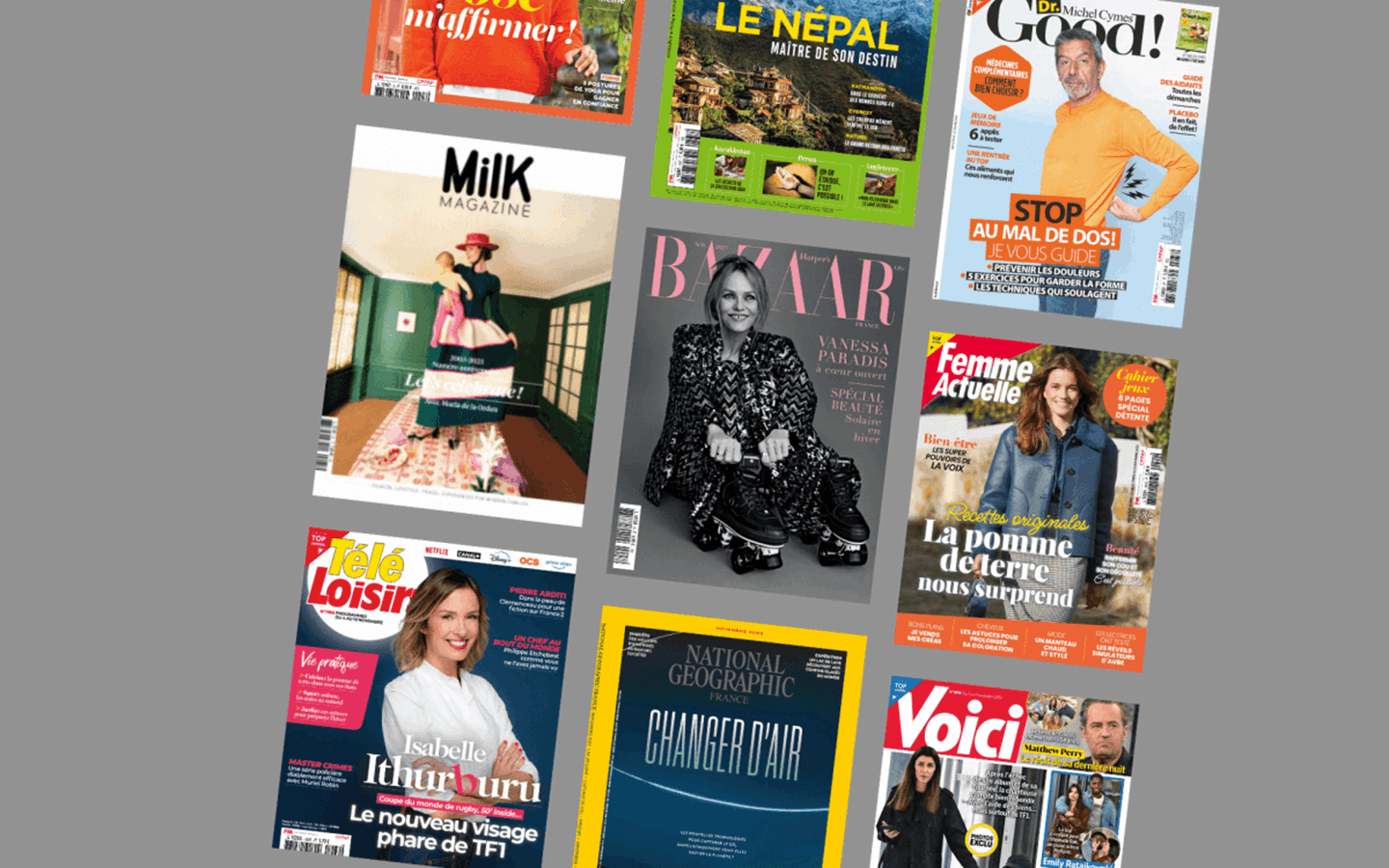Ulbe Jelluma: We live in uncertain times with political, economic, technological and climate changes. What will be the challenges and opportunities in your industry?
Philipp Schmidt: Since change is getting more and more disruptive, I see challenges and opportunities converging in our media industry, like two sides of the same coin. Paradigm shifts triggered through game changers like third-party-cookie-ban, CSR urgency, privacy legislation or the AI revolution are eventually representing both challenges AND opportunities...
Everything depends on your agility, adaptability and also the courage to find the right balance between taking risks and avoiding them.
At Prisma Media, we decided for instance to support some of our top tech talent to create their own company that helps publishers to create their cross-domain ID solution. We helped them beta-test our inventory, supported their investment and helped to scale their solution called First-ID with other publishers. In the end, this could be one of the answers to the third-party-cookie-ban.
Every disruption can be an opportunity.
UJ: The most important themes are without a doubt AI and sustainability. How does that impact your industry and what kind of opportunities does that offer?
PS: AI is scary and fascinating at the same time but in our view represents a tremendous opportunity to enter the era of "augmented journalism" where editors can multiply their efficiency of data crunching and visualisation, researching or cross-referencing in a fraction of time. The same team of editors can create so much more and better content than ever before. But that requires a perfect mastery of the existing new tools.
Or let's put it this way: Since we can't stop it, it's urgent to learn how to benefit from those new technologies and make it a first mover advantage. At the same time, it's also important to fight for better IP protection and value sharing with the AI companies that are creating value through pillaging content and knowledge from publishers. One could call it "doing the one, without missing out on the other".
At Prisma Media, we started very early to experiment with GenAI tools and understand how it could change our work on the editorial side. Therefore we could better understand how to improve AI-optimized title-writing for online posts, organize cooking recipes or even build presentations for pitches in record time. We also identified more easily risks and flaws. Early adoption helps to generate a first-mover advantage.
For sustainability, it's the same. There is no other way than to go green fast! So better be amongst the first movers and learn how to change as than waiting too long in fear and being forced to change later.
UJ: Sustainability is increasingly becoming an important factor in the choice of printed material. Will this affect publishers more in 2024?
PS: Paper prices are reflecting the growing pressure on paper resources namely through the industry shift towards packaging for ecommerce. The amounts of paper used for print media are incomparable smaller than those needed for the growing global market of packaging. Not to forget that printed words and images do have a strong memorial impact on readers.
Nevertheless, publishers are obliged to optimize print runs through AI-driven distribution optimisation ("ideal number of copies") according to data analysis (weather, location, prior trends, etc.). It's also key to prioritize more sustainable papers provided by more responsible manufacturing partners using greener energy... We all know: It's a cycle and everyone makes his choices. At Prisma Media, we decided to print all our magazines in France to reduce our carbon footprint and support national businesses.






